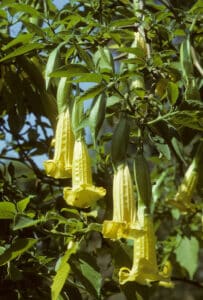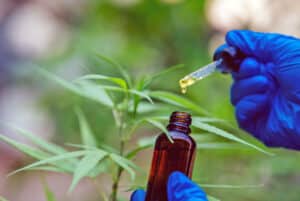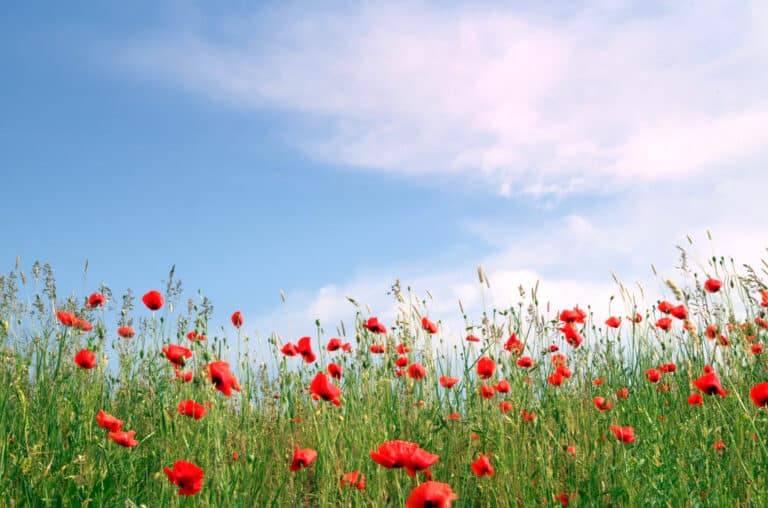We asked DAVID NASH, Director of Nutrition Technology at Kentucky Equine Research, about common products that contain banned substances.
A number of common ingredients contain prohibited substances. Some herbal products, including those containing hemp, have the potential to test positive. Hemp oils have a very, very small level of the banned substance THC, and there is a small chance that they could swab.
Responsibility ends with the rider and it’s up to them to be aware of what’s being fed or given to their horse. For example, Willow tree, or the bark, contains salicylic acid, a precursor to aspirin. Another one is Devil’s Claw root, used as an anti-inflammatory and one that a lot of people feed as a raw ingredient, or incorporated in one of several joint supplements. Other things you might not think of include chocolate, cola, or energy drinks. They all have caffeine and/or other prohibited substances in them.
In Australia, ingredients and nutrient declarations are largely unregulated, so on some products you don’t see a lot of ingredients listed. Equestrian Australia follows the FEI prohibited and controlled substances rules and has lists of these on their website. They break substances up into controlled medication (they’re the ones that have a therapeutic benefit and are commonly used), and substances that are completely banned, with no legitimate reason whatsoever for them to be in a horse. Be aware that if a substance has the same chemical structure or biological effect as a listed substance, it is also prohibited, just as if it were included on the list.

Datura is a weed often found with sunflower seeds.
For disciplines or breed associations that do not follow FEI rulings please refer to their specific regulations.
It’s probably also important to consider some of the calming products. Valerian can swab, as can GABA antagonists which act as stimulants. For example, some forages such as Teff hay contain synephrine. Synephrine can also be found in some herbal and nutritional supplements and in the peel extract of bitter orange, commonly used as a flavouring agent. I think if you’re going to consider using any of these it’s important to consult with an FEI accredited vet if you are concerned about competing. You can also go back to the manufactures to ask – but if you’re still unsure, simply don’t use them.
The amount of a substance needed to test positive will depend on the lab. Many modern laboratories can detect nearly down to the molecular level. In many instances the rules state, ‘any trace’, so it may be that one grain of sand in the whole body.

Although hemp oils have only a small amount of THC, there is a chance they could swab
When adding anything new to the diet you must consider the ‘stacking’ or accumulative effect of some nutrients such as cobalt, which occurs naturally in raw feed ingredients and supplements.
The United Kingdom has a NOPS system, where feeds are tested for naturally occurring prohibited substances. However, in Australia there’s no such system and potential problems could arise from plants like Datura, a weed often found with sunflower seeds. Poppies have been found mixed in with oats, especially in Tasmania. But now that they’re grown in Victoria for medicinal purposes, there’s yet another chance for naturally occurring prohibited substances to get into the horse’s system through no fault of the rider.
So err on the side of caution! Look at some of our Aussie swimmers who have been banned for having a sports supplement drink and ended up sitting out two or three years of their career through simply not knowing exactly what they are consuming.
And remember, the FEI’s message is clear: If in any doubt do not give it to your horse.
Feature Image: The opiate in poppies can produce a positive swab.



